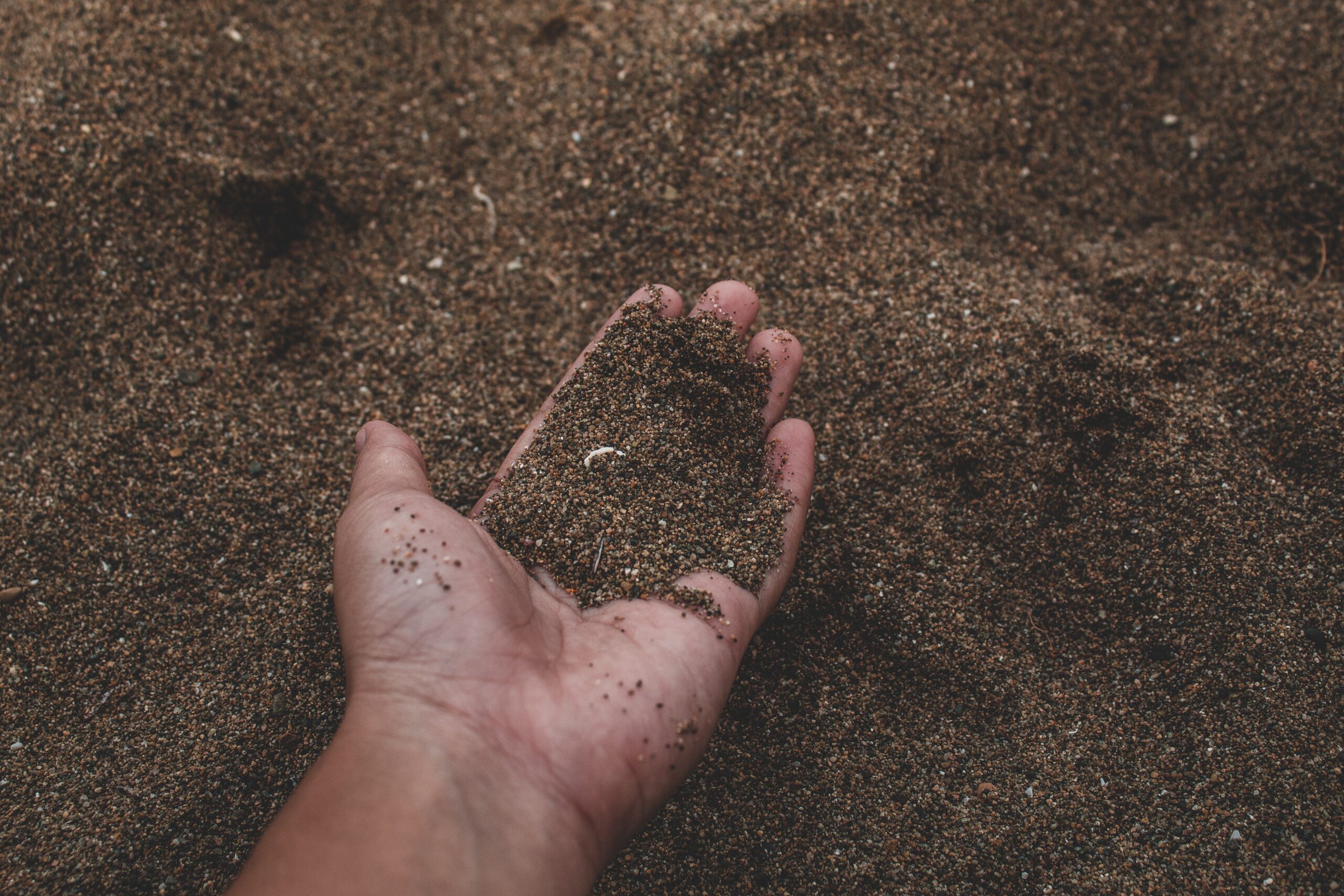Three Tips for Happy Dirt
I have to admit, before working at Sodmasters I didn’t know a whole lot about the science behind soil health. I was amazed to learn from our on-staff Agronomist, Kenny Neel, how everything from salt to nitrites in the soil can affect the health and color of a lawn. Healthy soil is key to having a thriving, green carpet for your family and friends to enjoy year-round.
I learned this the hard way when I bought a new house recently. One side of my yard had gorgeous sod, flowers and shrubs. The other half looks pitiful, at best. The grass is thin, the shrubs were deformed, and flowers refuse to bloom. I learned the struggling side of the yard had a Lyme deficiency in the soil, and the other side was well balanced. It doesn’t matter what type of sod or flora and fauna you plant if the soil isn’t thriving. While they all have different needs to grow, they all require healthy soil in order to reach their full potential.
Soil affects everything from our animals to our plant growth, and it’s also impacted by everything from animal waste to water, and even large trees. We can’t possibly cover each topic in this blog, but knowing some basic tips will help you have the best lawn possible when it comes time to lay your Sodmasters premium sod.
Kenny’s Top 3 Tips for Soil Health:
- Always soil test and follow the recommendations before you begin your project
- Your County Agricultural Extension Agent can point you in the right direction regarding testing
- Always till the soil 3 – 6” deep
- If it’s hot and dry, it is beneficial to moisten the soil with water before laying the sod, then water the sod, as well
- Imagine your dirt on a sunny day is 98 degrees and bone dry, and you plop down fresh sod with roots on top of it. Your roots would scorch and retract, rather than deepen and take root.



